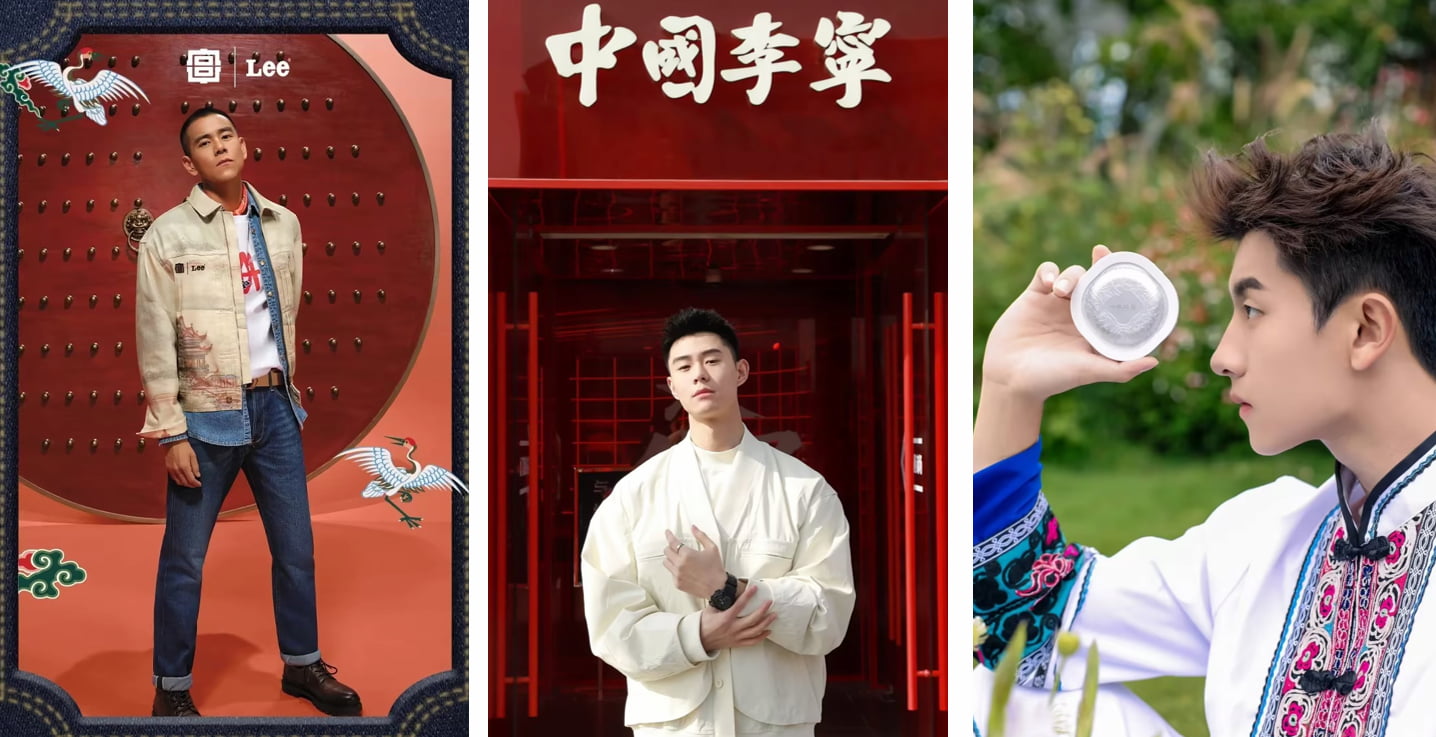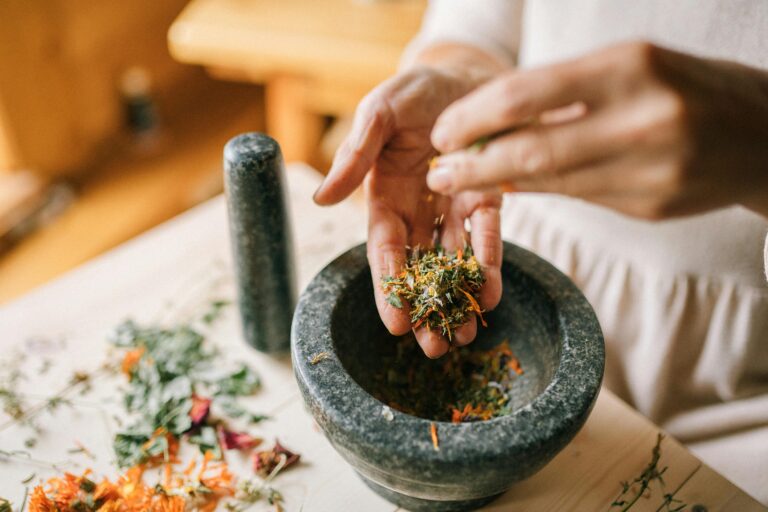In the last 8 years, national confidence has exerted a significant influence on consumption trends in China. Within this changing landscape, Guochao (国潮 – lit. National Tide) has emerged. This trend is a reflection of the younger generation’s profound interest in China’s culture, traditions, and domestic brands, reflecting a cultural shift towards domestic products and a celebration of the nation’s heritage. In the past, foreign brands had dominated a lot of consumer markets and have had a leg-up on presumed quality. Now the tables are turning, and domestic brands are starting to gain momentum. The initial evidence of this trend emerged during Li-Ning’s fall collection during the 2018 New York Fashion Week.
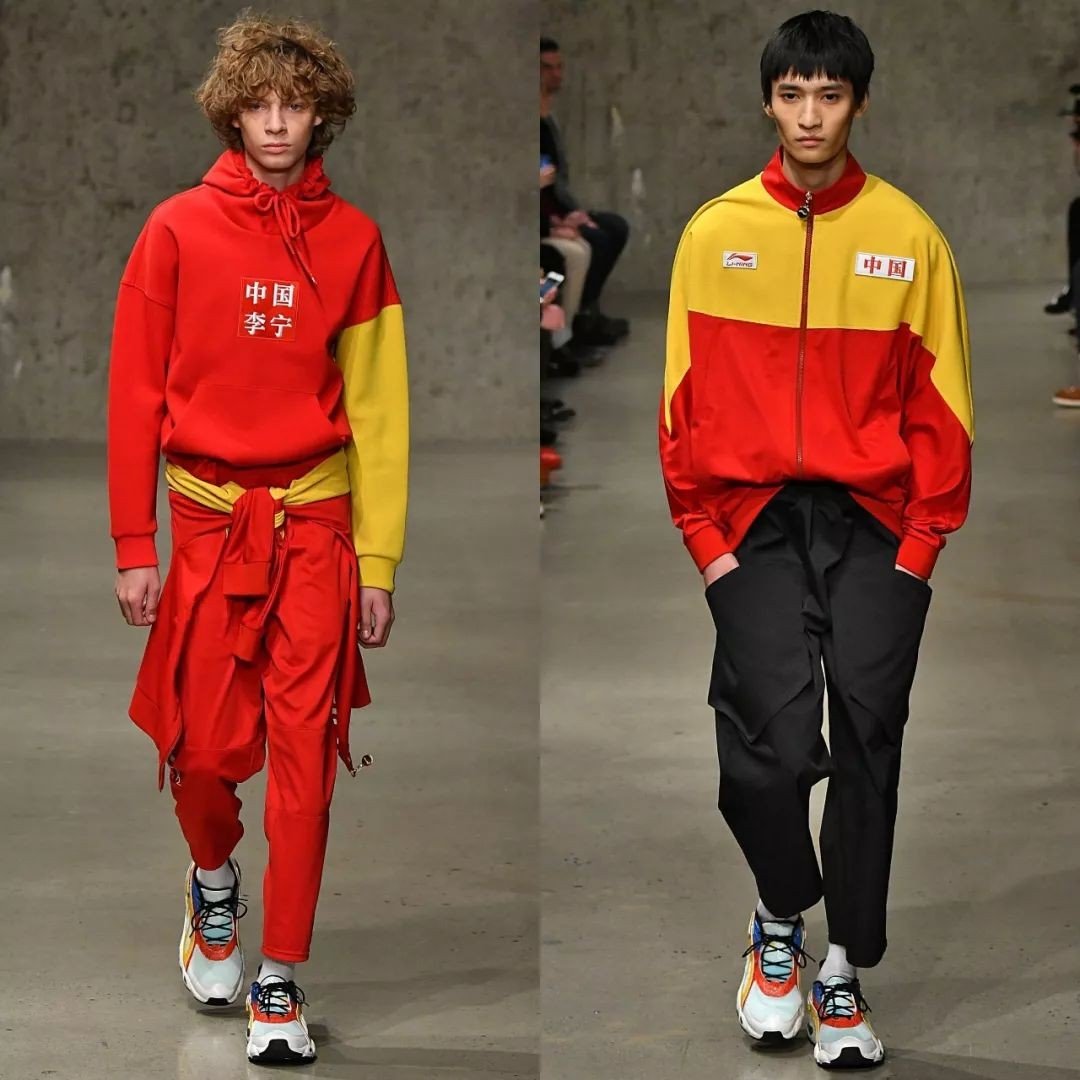
Download our report on Gen Z consumers

From Chinese nationalism to cultural confidence
The evolution of a culture-defining phenomenon
While taking inspiration from historical elements like Confucianism, the concept of “Cultural Confidence” (文化自信) has gained prominence in recent years in modern Chinese society.
It represents a way for China to project soft power abroad and also the renewed interest of the Chinese people in their own cultural heritage. This cultural pride is carried by China’s rich cultural heritage and the recent economic upturn the country has known since the Deng Xiaoping era. The Chinese government has been pushing this trend forward as part of the Chinese Dream, a key concept in Xi Jinping’s vision for Chinese society.
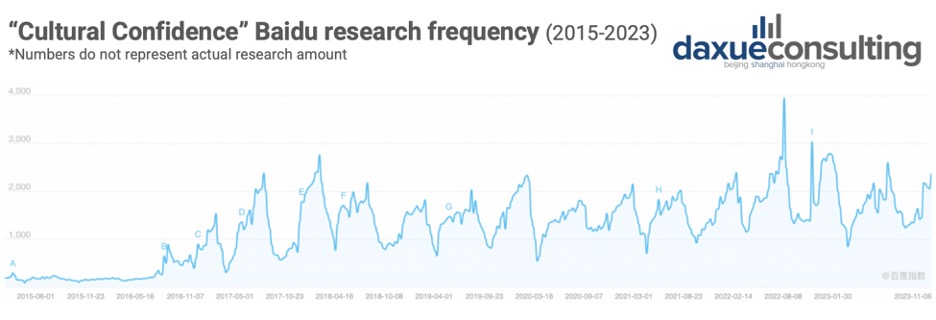
The impact of cultural pride on the Chinese consumer market
The ongoing cultural renaissance in China significantly shapes consumer trends, redefining the factors that make a product desirable. Historically, foreign brands held an advantage in the Chinese consumer market, often associated with quality and prestige—a trend that in some fields persists today. However, recent years have witnessed a shift, with Chinese consumers showing a heightened sensitivity to domestic trends and Chinese brands increasingly meeting their needs effectively.
Chinese nationalism helped foster this rise of domestic brands, not in an antagonistic way toward Western brands (although the trade war has contributed to that effect), but rather in a new found confidence and pride toward Chinese homegrown products.
Although Guochao has gained traction among Chinese youth, several obstacles impede its wider adoption. Issues like subpar quality, plagiarism, and high prices have resulted in reduced purchases among Guochao enthusiasts. However, the younger generations, particularly the post-90s and post-00s, exhibit strong national pride and cultural awareness, which drives their increased openness to Guochao brands. These consumers seek higher quality and more cultural significance in their Guochao products and are keen on sharing their buying experiences online.
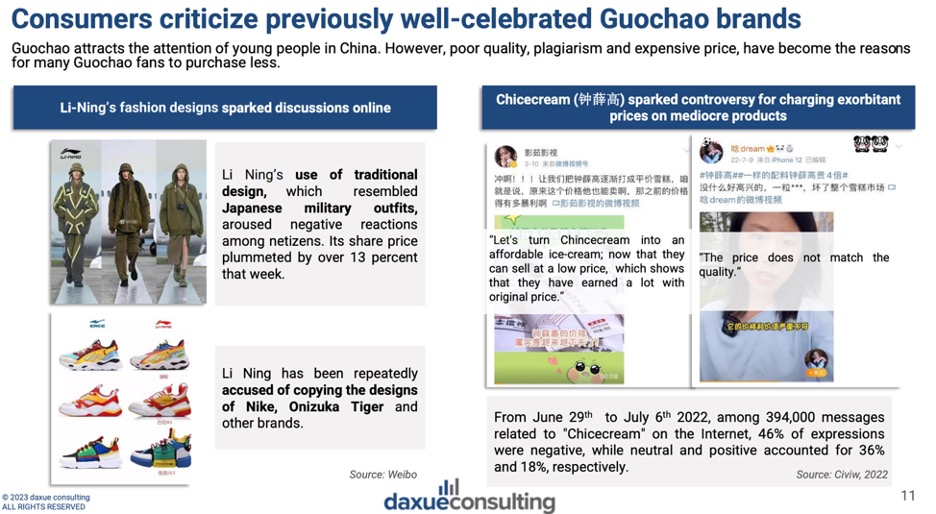
Guochao evolution: reviving cultural heritage and redefining industries
Guochao 1.0
Guochao 1.0 represents the early stage of a consumer trend that emerged in China around 2011. During this period, there was a significant uptick in the favoring of well-established Chinese brands likeLi Ning (李宁), Pechoin (百雀羚), and Warrior (回力). This shift in consumer preference wasn’t limited to specific industries but spanned various product categories, including clothing, footwear, food, and everyday essentials. The rising popularity of Chinese brands indicated a shift in consumer attitudes, reflecting a growing appreciation for domestic products.
Guochao 2.0
Subsequently, Guochao’s scope broadened from daily essentials to high-tech products. High-tech consumer goods, proudly made in China, experienced a surge in popularity driven by technological innovations and a renewed emphasis on branding. Netizens actively engaged in discussions regarding domestically produced 5G technology, semiconductor chips, AI-powered photography, fast-charging phones, and autonomous smart cars, fostering a surge in interest in mobile phones, cars, smart household appliances, and cosmetics.
Within the high-tech landscape, domestically manufactured phones have notably improved in both performance and quality. Industry giant Huawei has embraced the concept of “Guochao” in its marketing strategy. For instance, Huawei introduced the Huawei 10S New Year gift box in 2020, a product that seamlessly integrates Chinese traditional culture with cutting-edge technology. This gift box includes items like the Huawei 10S mobile phone, a wire harness, a bookmark, a red envelope, a mobile phone bag, and New Year wishes. This meticulously crafted collection is designed to resonate with the preferences of young individuals, making it a must-have offering for the New Year.
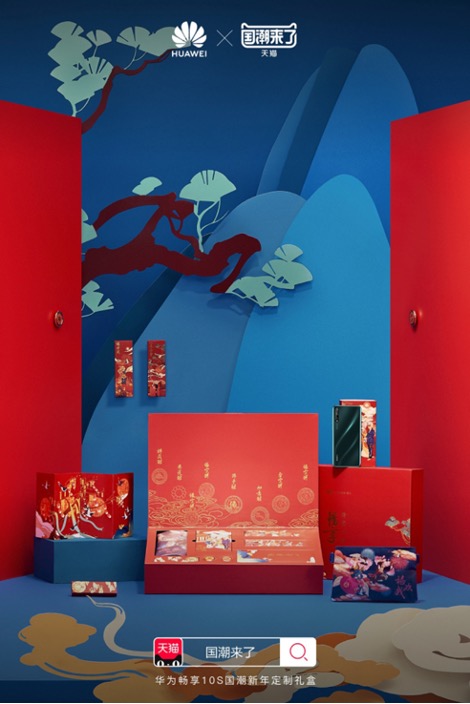
Guochao 3.0
The rise of Guochao 3.0 has led to a surge in the popularity of Chinese cultural Intellectual Properties (IPs). Chinese youth actively support traditional cultural elements by embracing traditional Hanfu attire, engaging with Guochao movies, and watching reality shows that explore Chinese heritage and archaeological discoveries. This cultural revival not only signifies the growth of Chinese soft power but also introduces Chinese productions to global entertainment platforms like Netflix. This cultural shift has had a significant impact on entertainment IPs, cartoons, reality shows, and movies.
In the summer of 2023, “Chang An” (长安三万里) emerged as a cinematic masterpiece, enchanting audiences with its poetic depiction of the Tang Dynasty. This animation movie has not only garnered an impressive Douban rating of 8.2 but has also captivated over 20 million viewers.
Alongside other notable films like “Ne Zha (2019)” and “Jiang Ziya (2020),” deviates from conventional children’s narratives. Instead, it embraces traditional story foundations to delve into contemporary social issues. This distinctive approach establishes emotional connections with audiences of diverse ages, ethnicities, and areas in the country.
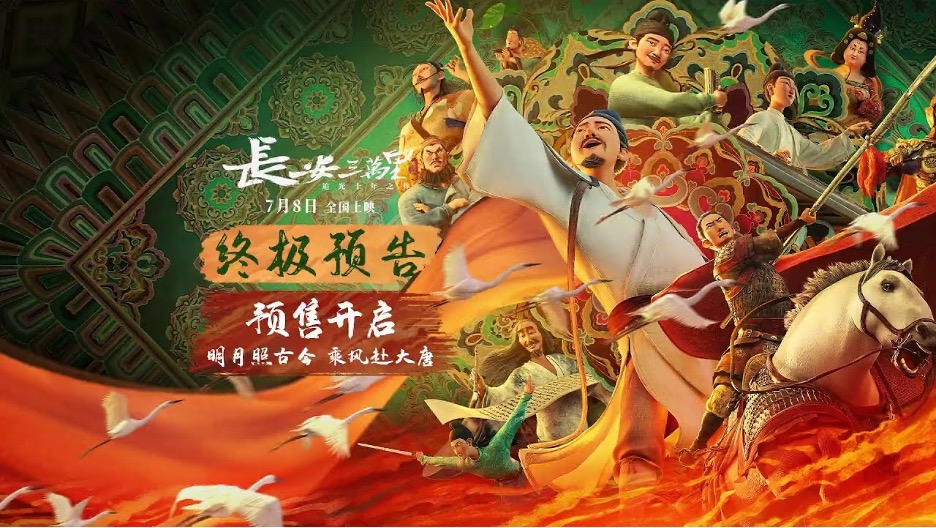
Foreign luxury brands responding to China’s cultural confidence
In the realm of luxury, Guochao assumes a distinctive role, setting it apart from other industries. Currently, international brands still hold sway in the market, as Chinese luxury brands have yet to achieve the same level of prestige as their foreign counterparts. However, Guochao acts as a symbol of foreign luxury brands’ commitment to the Chinese market. Luxury brands employ this strategy to align with the preferences of Chinese consumers, demonstrating their dedication to this crucial market and their respect for the Chinese culture.
In response to the rising influence of Guochao in the Chinese market, foreign luxury brands are adopting strategic measures. For instance, Louis Vuitton inaugurated a restaurant within a historic building at Sino-Ocean Taikoo Li Chengdu (成都太古里) in July 2023. This move strengthens its bonds with the local community and embraces China’s rich historical and cultural heritage. Additionally, luxury brands are collaborating with Chinese artists and museums to engage with local consumers. For example, the French luxury powerhouse Dior organized an innovative exhibition named “ART ‘N DIOR,” held at the West Bund Art Center in Shanghai in November 2022. This cultural event showcased exceptional works by Chinese artists such as Yang Mian, Zhang Ruyi, and Liu Wa, each offering a unique interpretation of the renowned Lady Dior handbag. Through this exhibition, Dior seized the opportunity to deepen its meaningful connections with Chinese luxury enthusiasts.
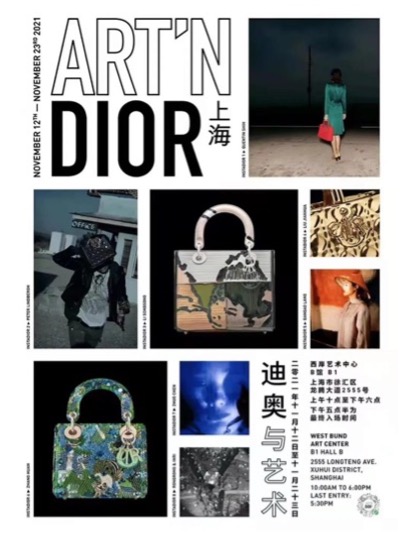
Decoding Guochao, China’s cultural Renaissance
- Over the last 8 years, Guochao has risen as a trend reflecting the younger generation’s profound interest in Chinese culture and domestic brands.
- Fueled by a renewed interest in Chinese cultural heritage and the economic upturn, “Cultural Confidence” has become a defining phenomenon projecting soft power and shaping consumer trends.
- Guochao 1.0 marked the favoring of well-established Chinese brands, while Guochao 2.0 broadened its scope to high-tech products, including mobile phones, cars, smart household appliances, and cosmetics.
- Guochao 3.0 witnessed the rise of Chinese cultural Intellectual Properties (IPs), impacting entertainment, cartoons, reality shows, and movies.
- In response to the increasing influence of Guochao, foreign luxury brands are proactively collaborating with Chinese artists and museums. This strategic initiative seeks to foster stronger connections with local consumers and build a more robust community bond
- Despite popularity, challenges like subpar quality and high prices hinder broader Guochao adoption. Yet, younger generations, driven by national pride, remain open to brands offering higher quality and cultural significance.


